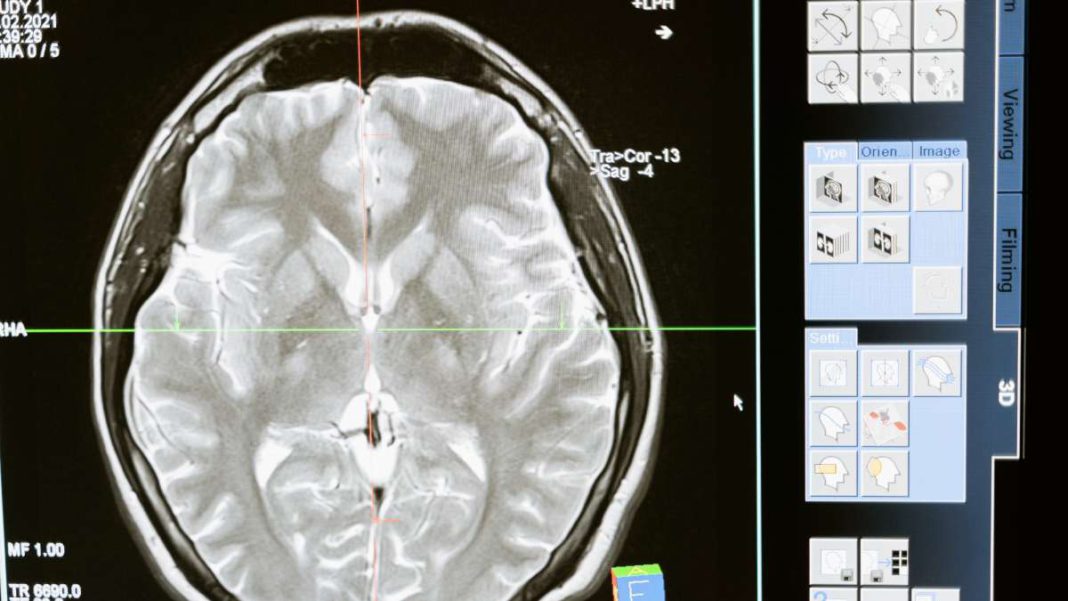UNITED STATES: A group of researchers has unveiled a remarkable atlas of over 3,300 different cell types populating this most intricate of human organs. This ambitious research could have profound implications for revealing the mysteries of neurological diseases and shedding light on the characteristics that distinguish us from our evolutionary relatives.
The research, backed by the U.S. government’s National Institutes of Health BRAIN Initiative Cell Census Network consortium, represents a significant milestone in neuroscience. Published in 21 studies across prestigious scientific journals, including Science, and led by a team of dedicated scientists, this effort goes far beyond our current knowledge of the human brain.
The human brain, often referred to as the “most complex object in the known universe,” is a marvel of biological engineering. Its intricate web of neurons and other cell types governs our every thought, sensation, and movement. This research has added another layer of complexity to our understanding by identifying an astonishing 3,313 different cell types within the brain. This number is approximately ten times more than was previously known.
One of the most surprising discoveries from this extensive research is the localization of cellular diversity. Contrary to common belief, the diversity in cell types was found to be most concentrated in evolutionarily older regions of the brain, such as the midbrain and hindbrain, rather than in the neocortex, the region responsible for higher cognitive functions like learning, decision-making, and language.
Importantly, this research also unearthed critical links between specific cell types and neurological diseases. For example, a connection was confirmed between microglia cells, a type of immune cell in the brain, and Alzheimer’s disease, the most common form of dementia.
Furthermore, certain types of brain neurons were associated with schizophrenia, a severe mental illness characterized by a disconnection from reality. These findings offer new avenues for the development of treatments and therapies for these debilitating conditions, which continue to pose significant challenges in the field of medicine.
In addition to its insights into neurological diseases, the research sought to understand what makes the human brain uniquely human. By comparing the cellular composition of the human brain with that of our closest evolutionary relatives, chimpanzees and gorillas, researchers discovered differences in gene usage, particularly in areas linked to language comprehension and higher cognitive functions.
This suggests that there have been accelerated specializations of cortical neurons in humans, contributing to differences in cognitive abilities that distinguish us from other primates.
However, the scientists involved in this research emphasize that this is just the tip of the iceberg in understanding the human brain. They acknowledge that much more work is needed to fully grasp the diversity, variability, and functions of the brain structure.
Nevertheless, this research provides an invaluable resource for future investigations into the cellular basis of brain function and dysfunction. It serves as a promising foundation for the development of new treatments and therapies for various brain-related disorders, offering hope to millions around the world.
Also Read: NASA’s Psyche Mission Launch Delayed to Ensure Smooth Takeoff amidst Gulf Storm Threat



